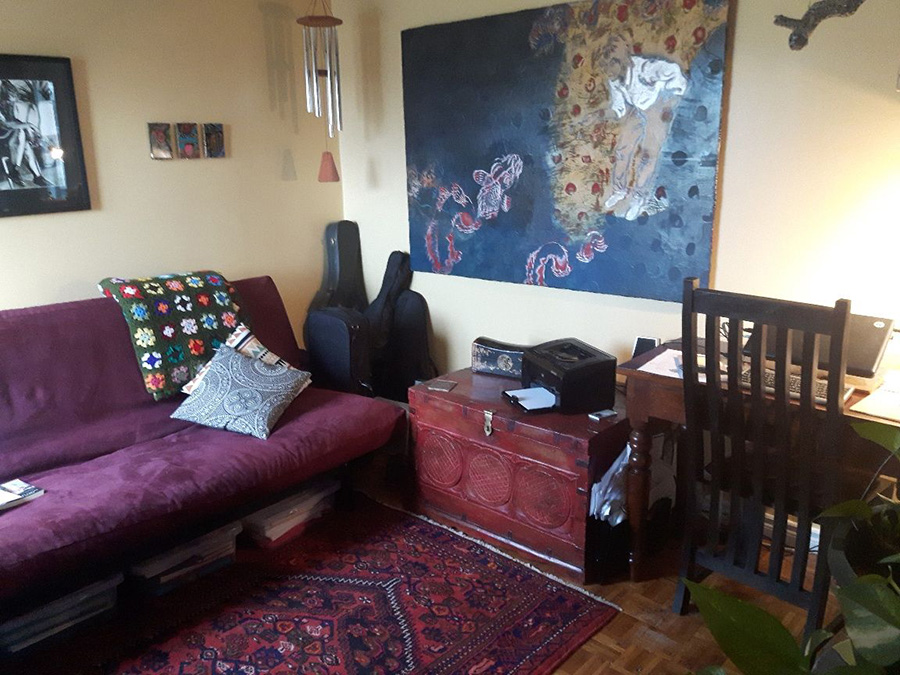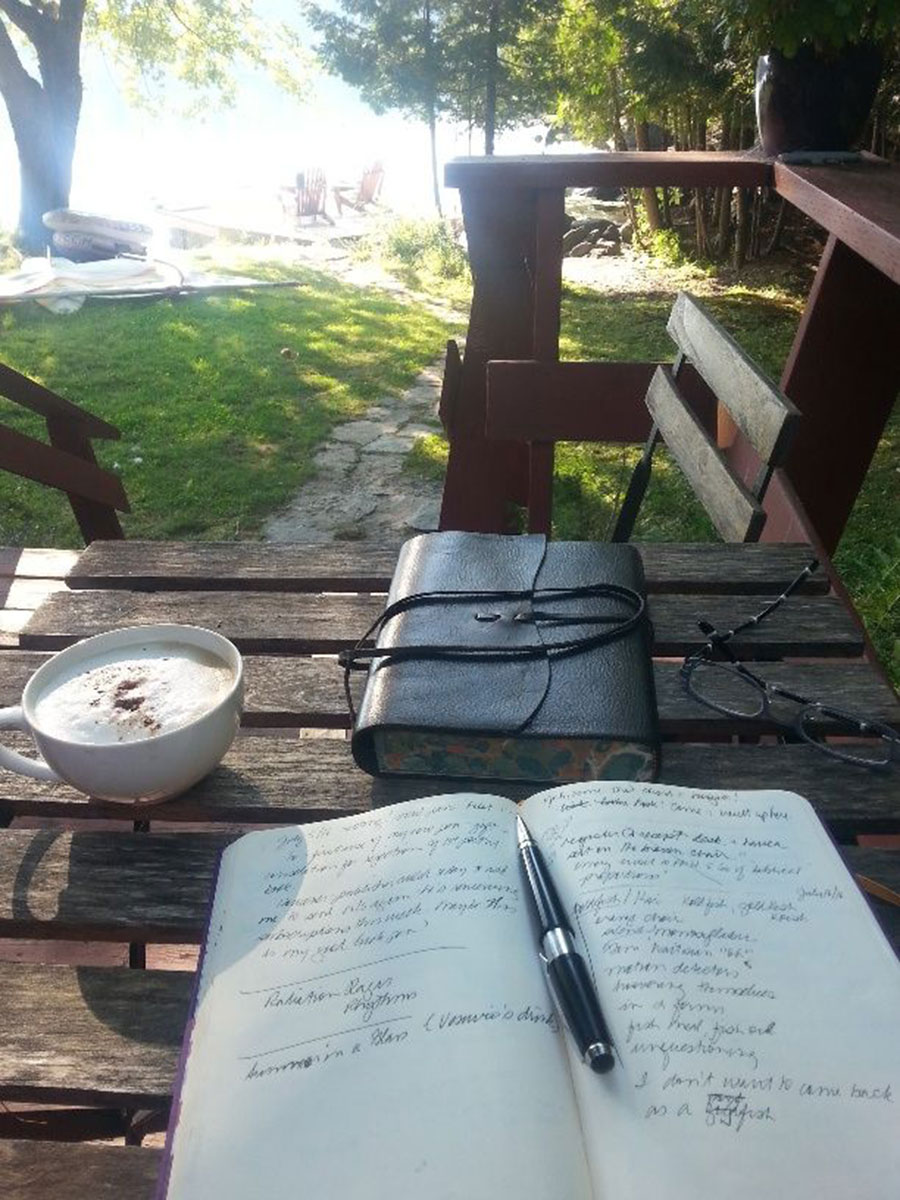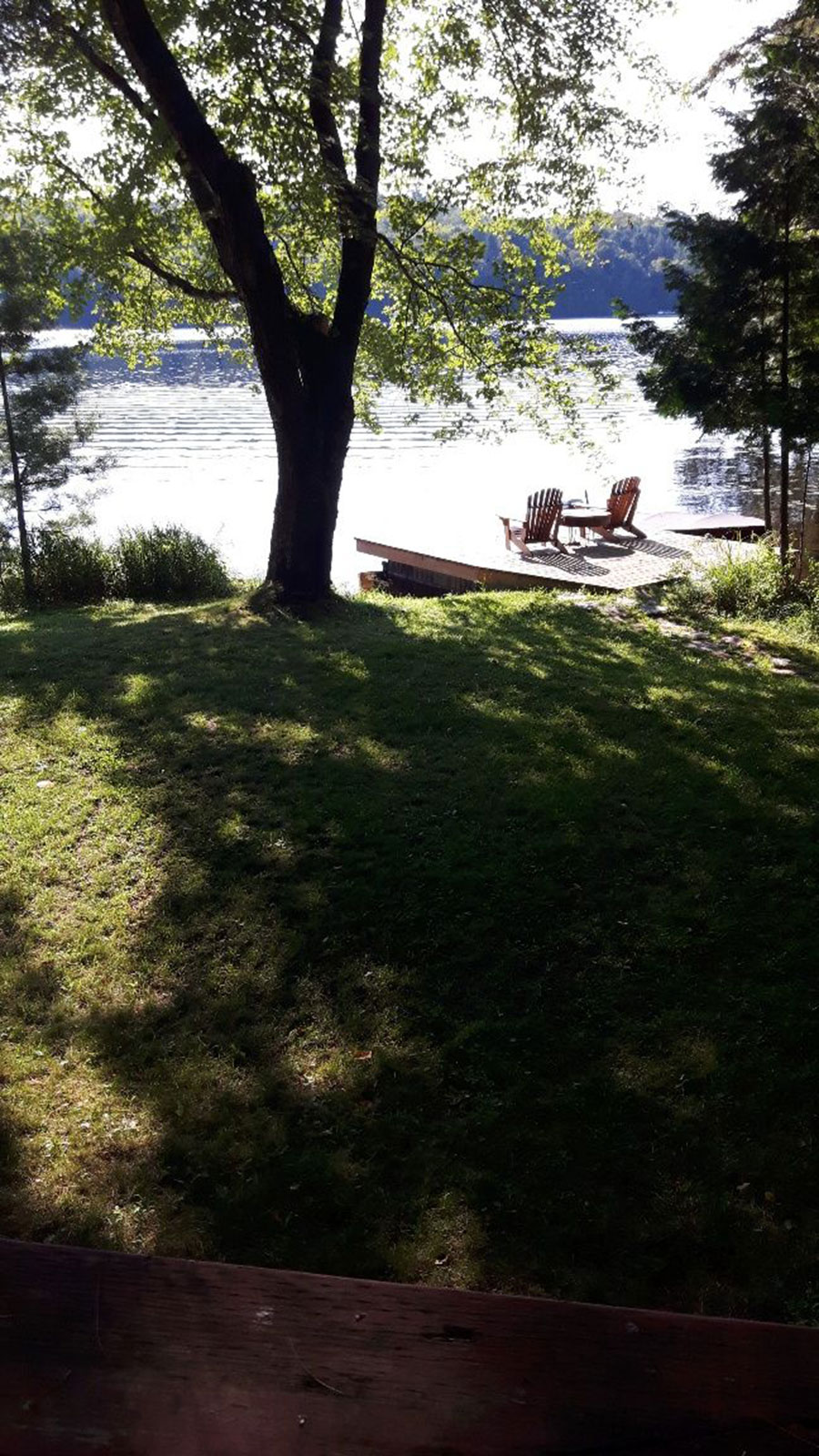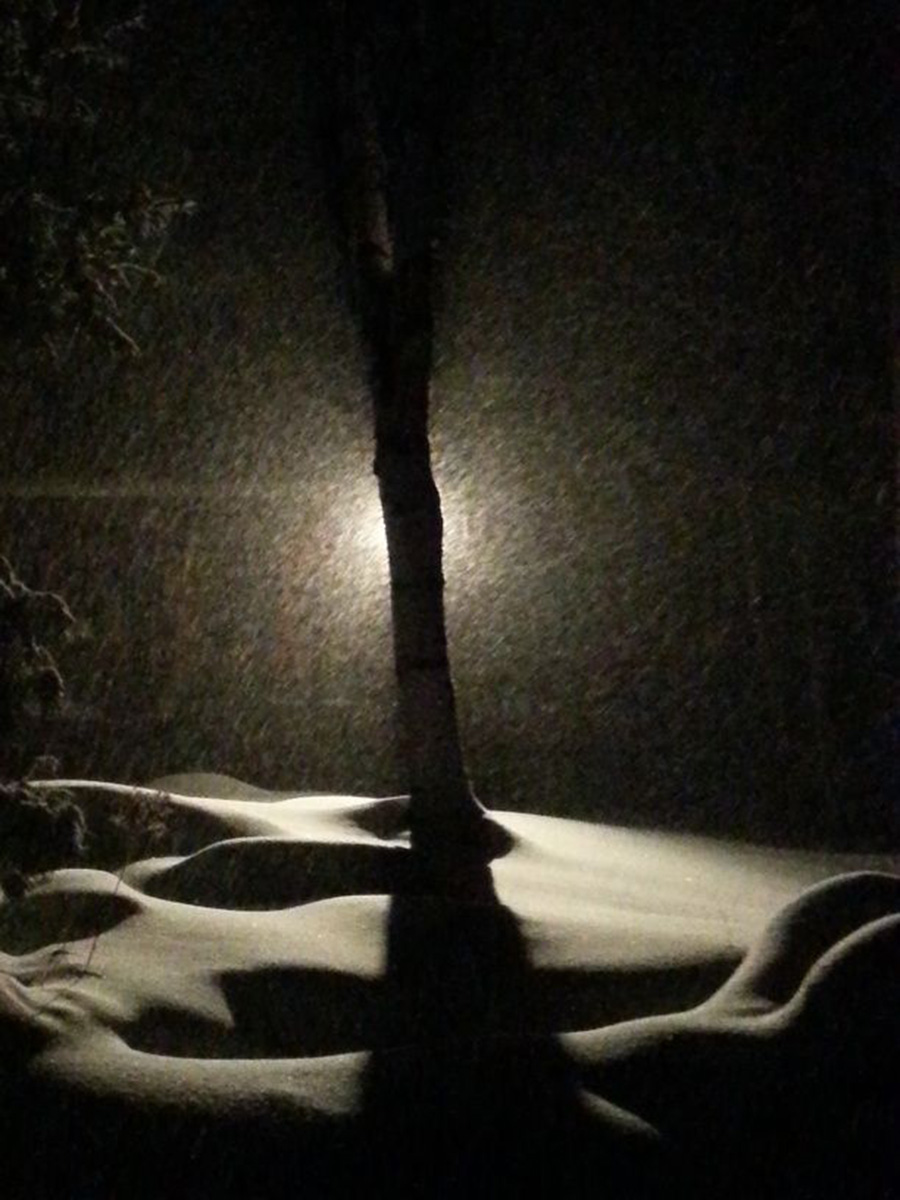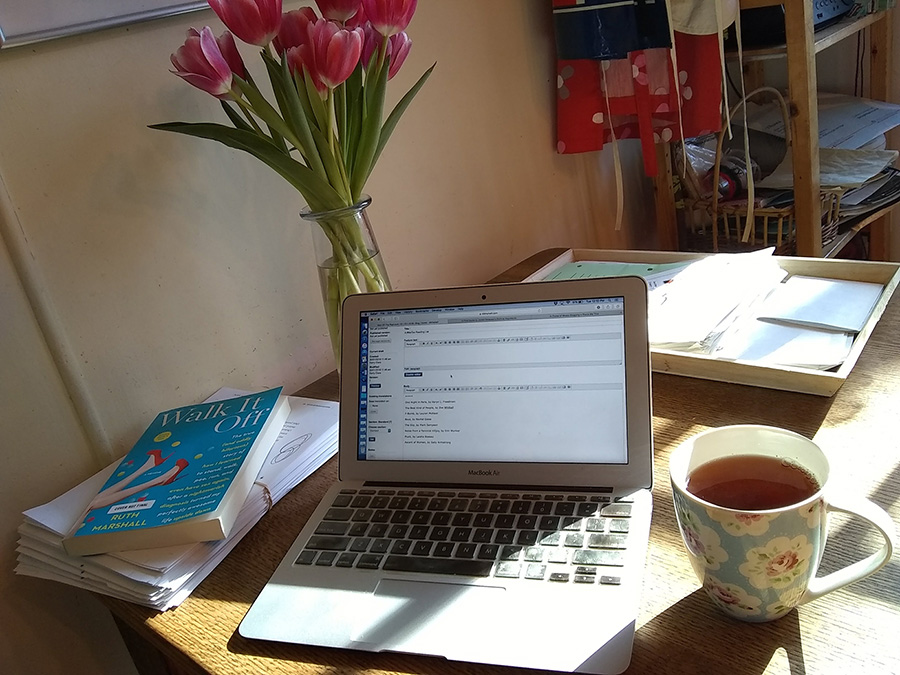Kitchener-Waterloo’s own The New Quarterly (TNQ), a small but feisty literary magazine, garnered three nominations at this year’s National Magazine Awards. The nominations were announced in early May.
The New Quarterly has earned two nominations in the Fiction category as well as one for Poetry. The competition was strong as close to 200 Canadian print and digital magazines submitted their best, in both official languages.
In the 19 years that it has participated in the National Magazine Awards, TNQ has won 10 gold, 7 silver and had 38 honourable mentions.
For this year’s 41st National Magazine Awards, TNQ’s three nominees are:
- K.D. Miller, for “Olly Olly Oxen Free” [Fiction] — her fourth short-story collection, All Saints, was a shortlisted finalist for the Rogers Writer’s Trust Fiction Prize in 2014, and she has published a novel, Brown Dwarf, and an essay collection, Holy Writ.
- Bill Gaston, for “Kiint” [Fiction] — in addition to seven novels, three plays, one book each of poetry and nonfiction, he has published seven collections of short stories, including Gargoyles and Juliet Was a Surprise which were both nominated for the Governor General’s Fiction Award and Mount Appetite for the Scotiabank Giller Prize.
- Sneha Madhavan-Reese, for “Frost Flowers”; “Etymology”; “Cosmology” [Poetry] — an award-winning writer and author of the poetry collection Observing the Moon. Her poems also appeared in The Best Canadian Poetry in English 2016.
The New Quarterly is a non-profit Canadian literary magazine housed at St. Jerome’s University at the University of Waterloo. The magazine has been publishing the best of new Canadian writing — fiction, nonfiction, poetry, author interviews and talk about writing — for 37 years.
TNQ is the only literary magazine to be shortlisted in such diverse categories as Sports Writing, Arts & Entertainment, How-To and Best Single Issue at the National Magazine Awards.
The National Magazine Awards winners will be announced on Friday, June 1 at a gala in Toronto.
TNQ also hosts the annual Wild Writers Literary Festival (WWLF) in Waterloo and Kitchener. Last year’s participating authors included Alison Pick, Kathleen Winter, Stacey May Fowles, Karen Connelly, and Wayne Johnston. The seventh annual WWLF will be November 2 to 4, 2018.
The New Quarterly is proud to manage the 7th annual Write on the French River Creative Writing Retreat, May 4 to 9, 2018, at the magnificent Lodge at Pine Cove. This retreat is for writers of all skill levels—from novice to accomplished—to write fiction (short stories and novels) and nonfiction (memoirs and essays).
In addition, TNQ editor Pamela Mulloy’s debut novel has been released to rave reviews. “The Deserters is a story not of escape but of the deep, human need to belong to a place, and to one another,” wrote Helen Humphreys, a winner of the Rogers Writer’s Trust Fiction Prize. Published by Véhicule Press, The Deserters is available at better bookstores everywhere. The K-W launch party for the book will be held on Wednesday, May 23 at 7:00 p.m. at the Heritage Railway Station (10 Father David Bauer Drive, Waterloo).
For more information, visit TNQ online at www.tnq.ca or contact info@tnq.ca. To find out more about this spring’s Write on the French River Creative Writing Retreat, contact Susan Scott at sscott@tnq.ca. For publicity inquiries, please contact Catherine Brunskill, Publicity Director, at cbrunskill@newquarterly.net.
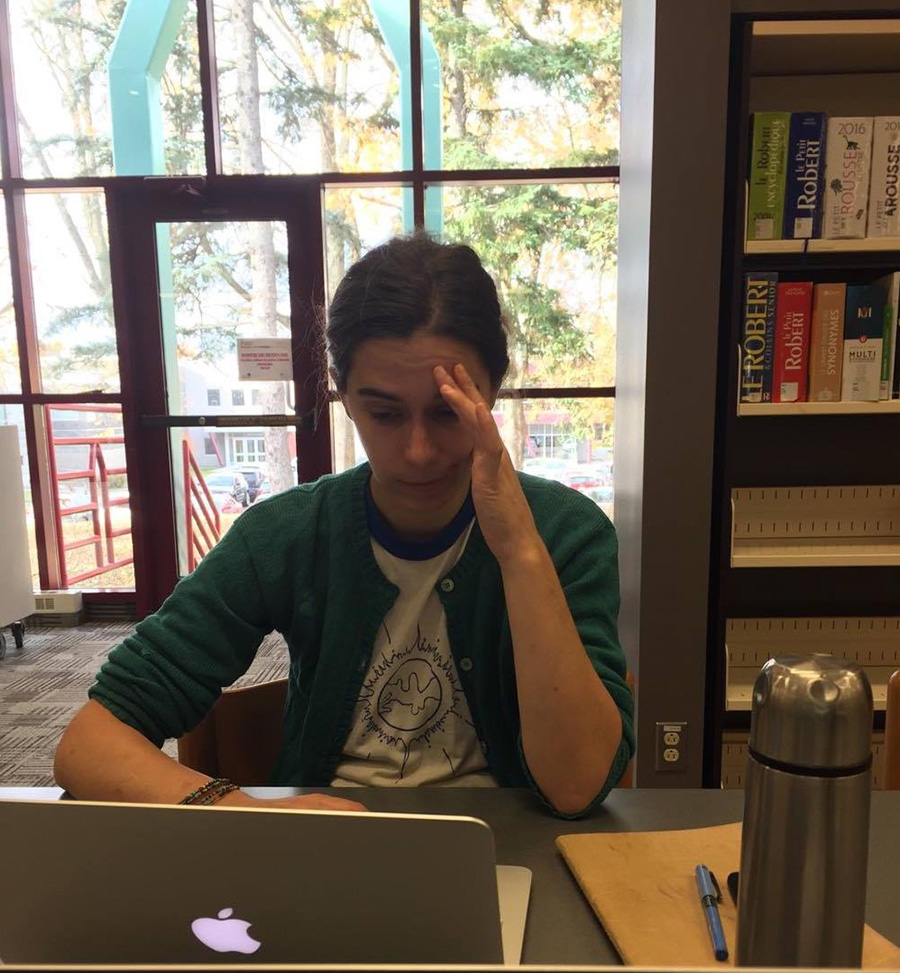

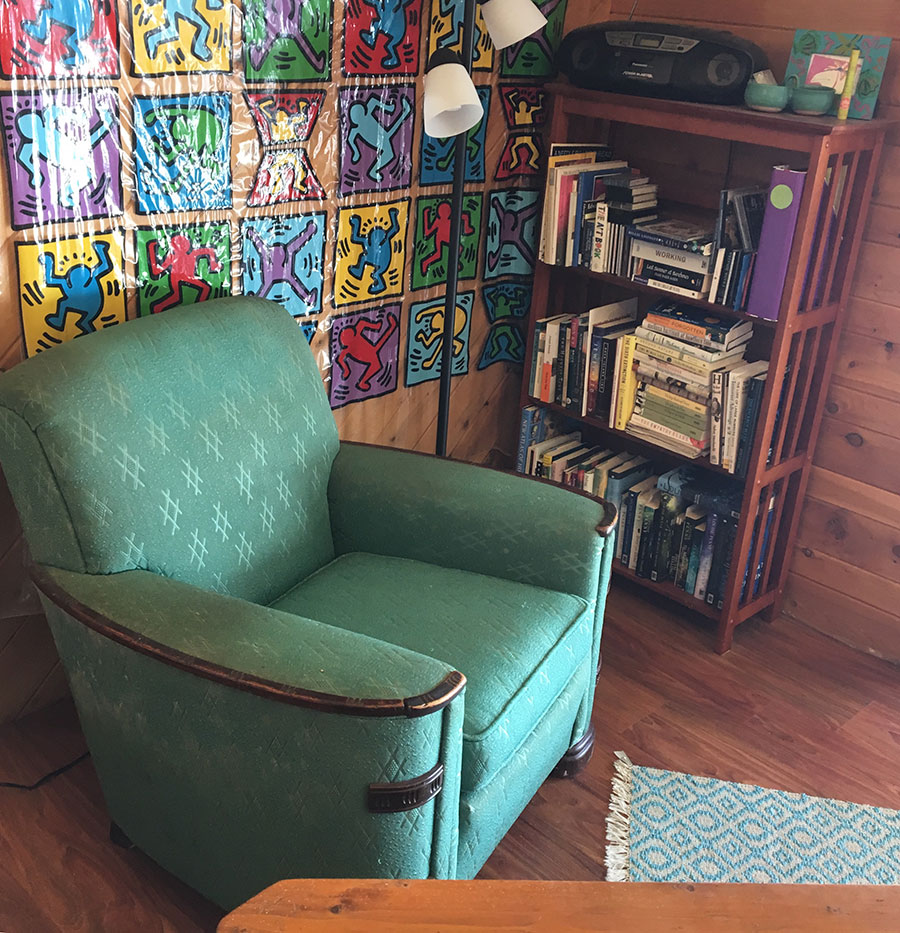
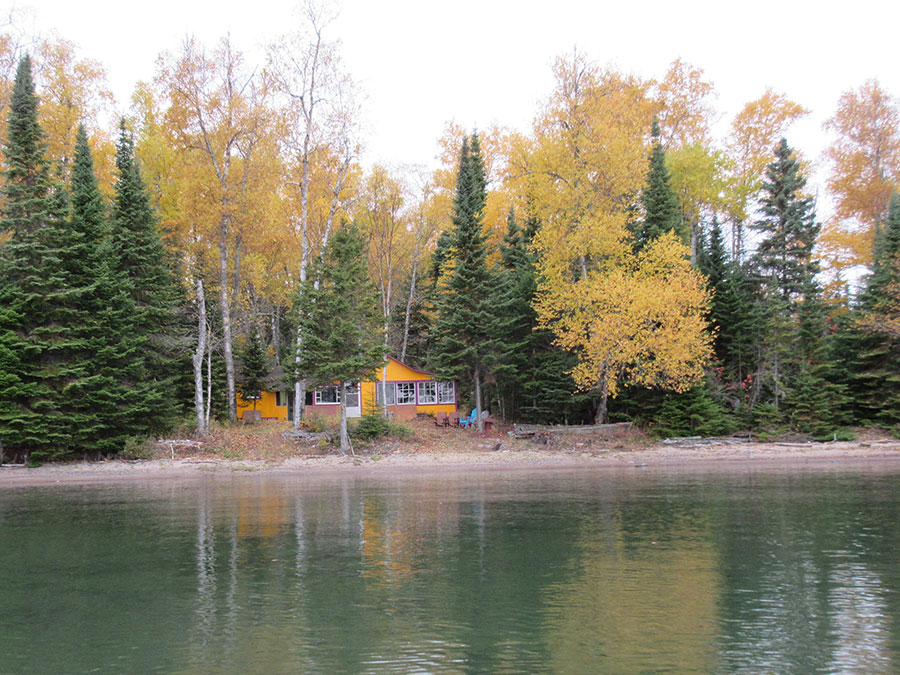
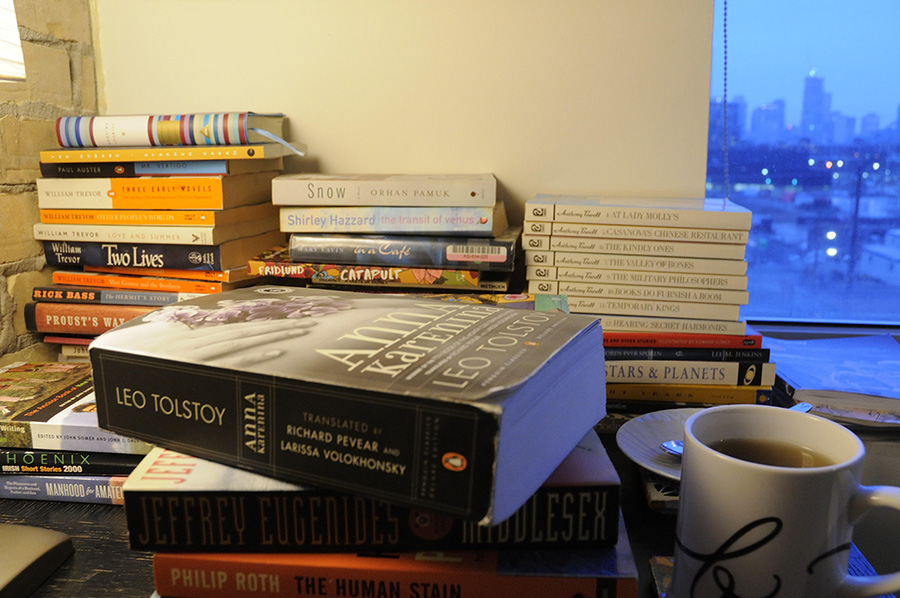
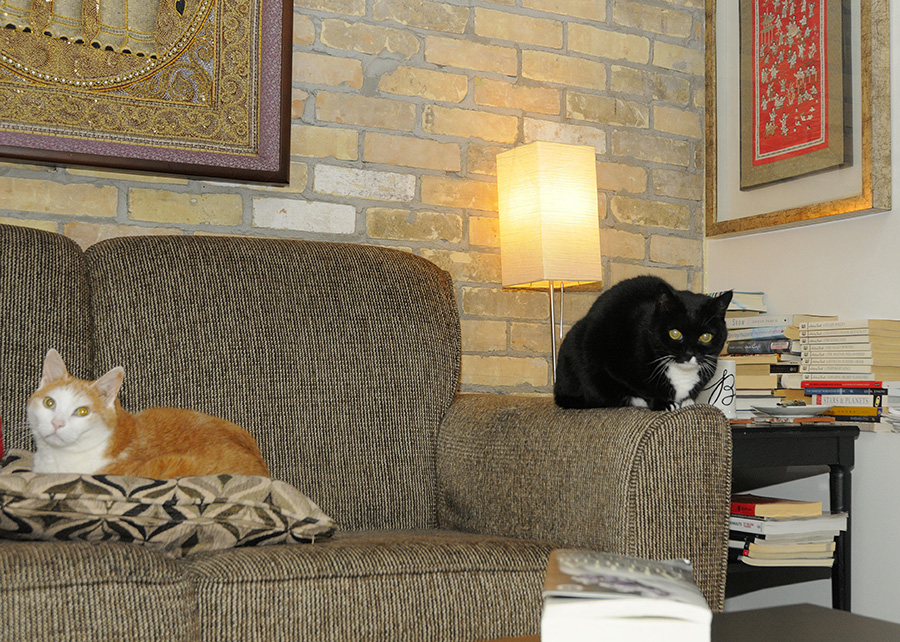
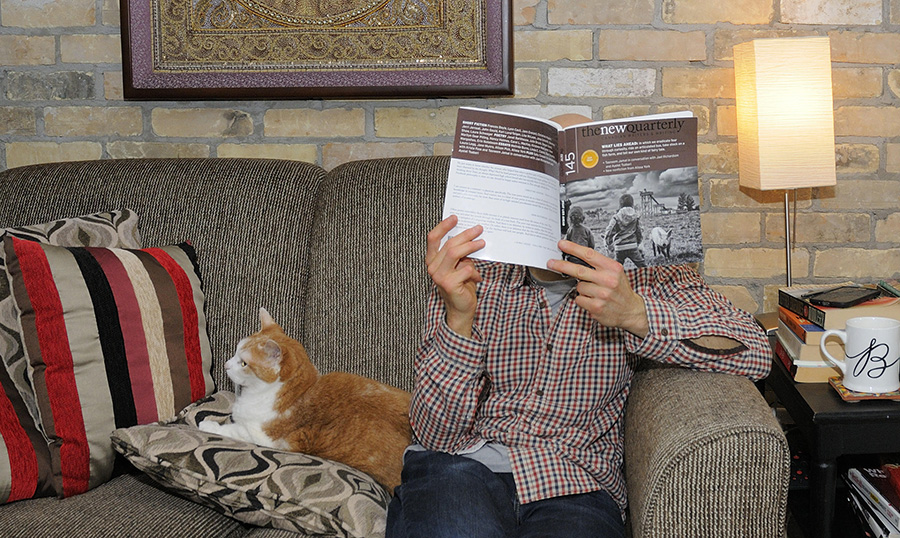
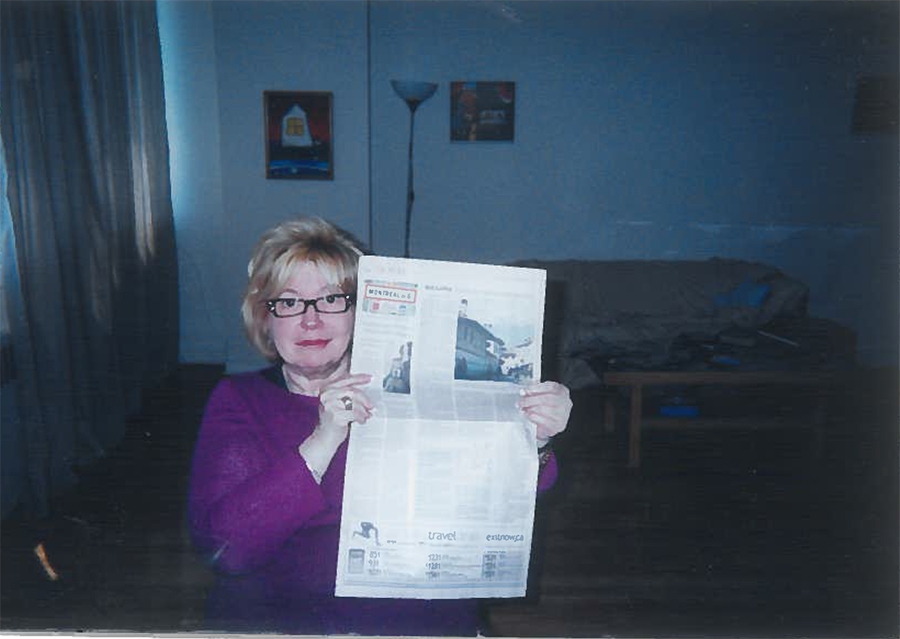
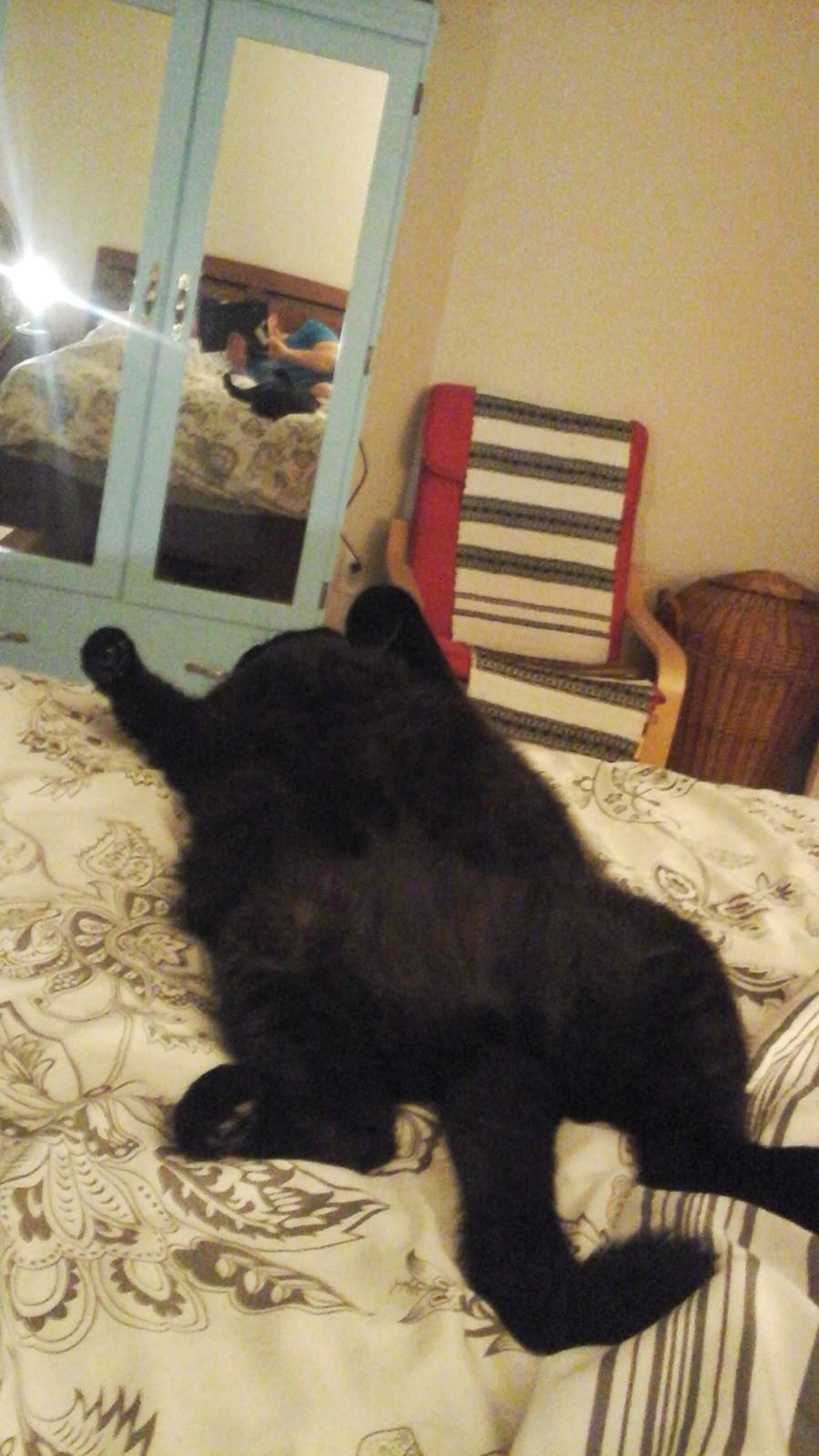
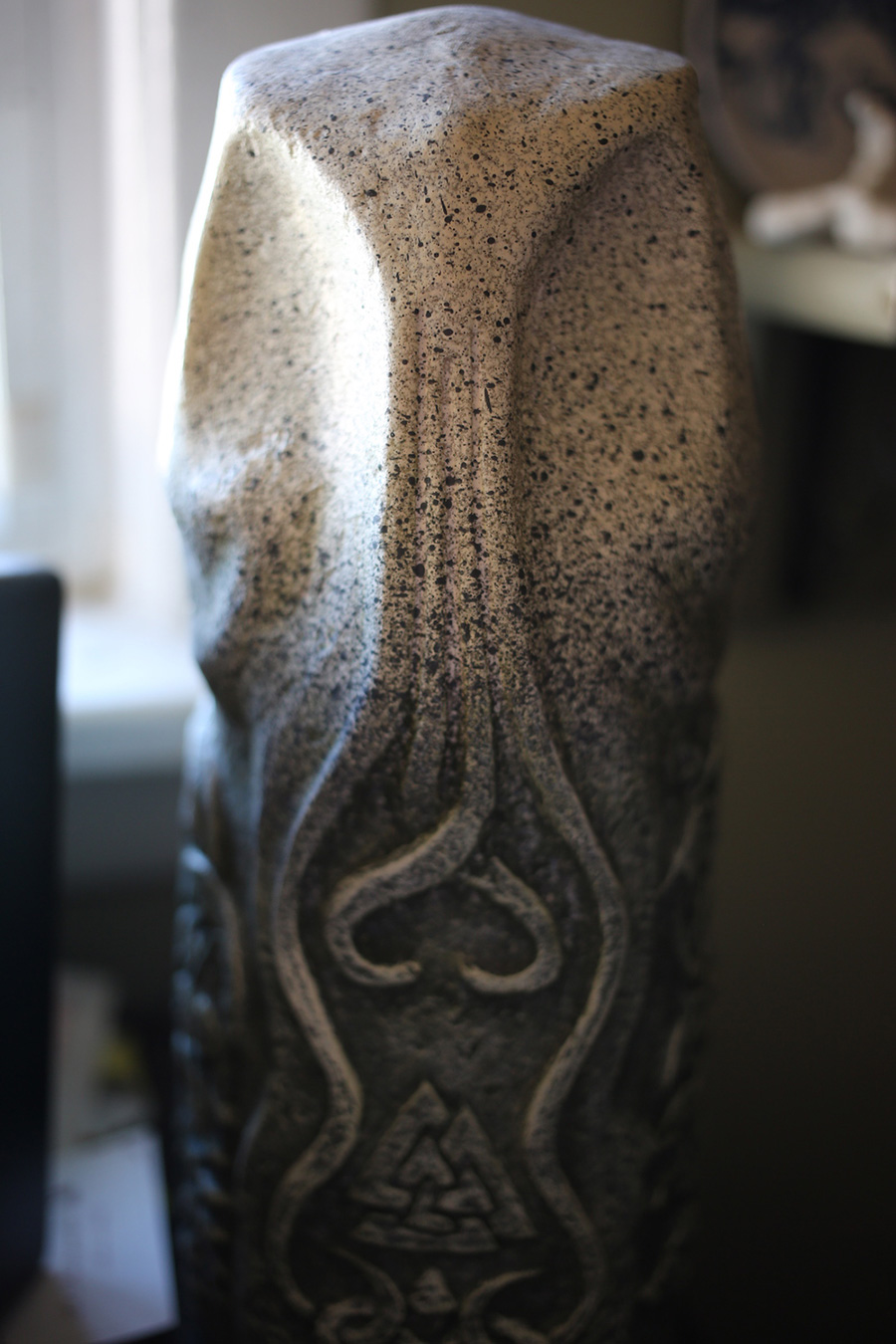
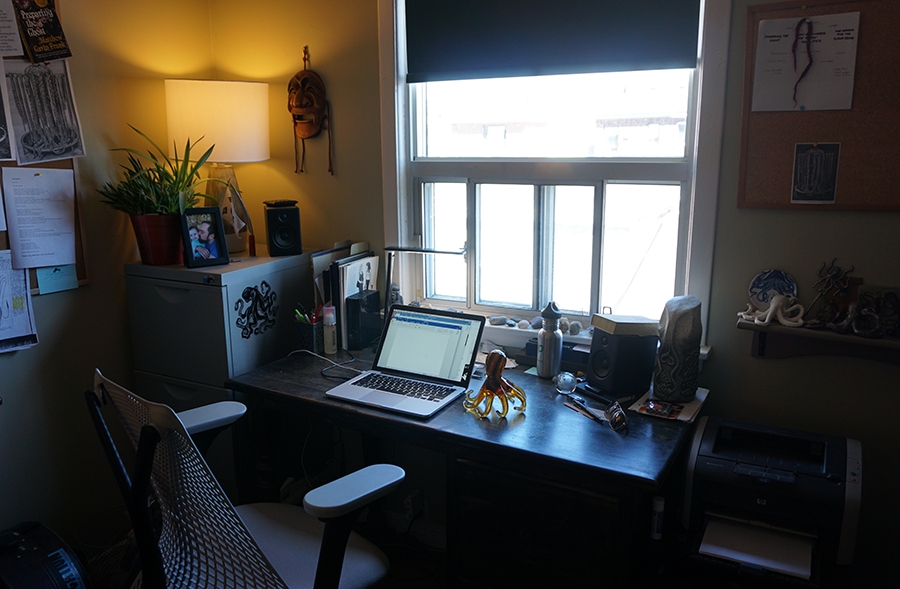
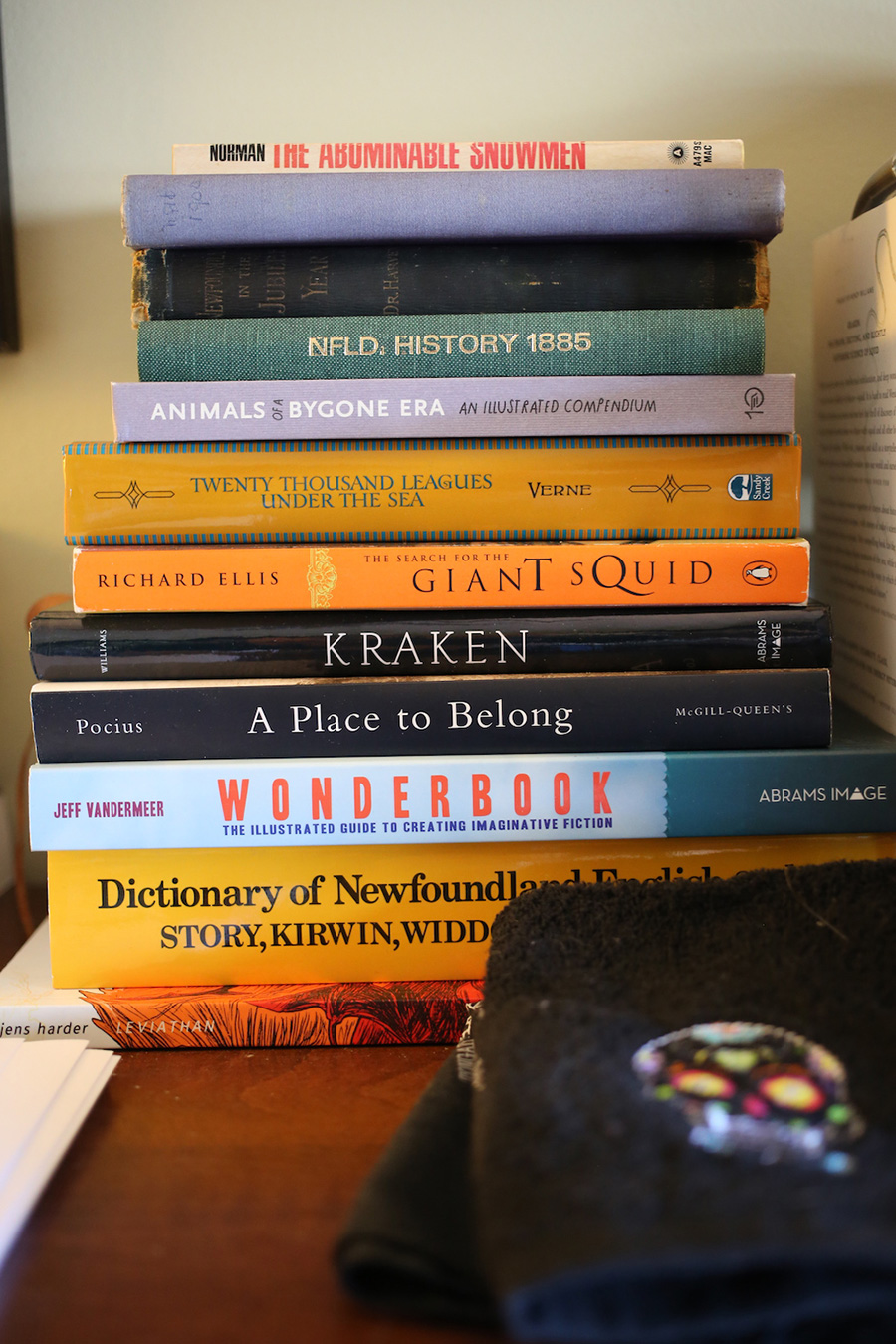 We’re giving you a behind-the-scenes look into the writing process – straight from the desks of our contributors! Check out the full series
We’re giving you a behind-the-scenes look into the writing process – straight from the desks of our contributors! Check out the full series 
